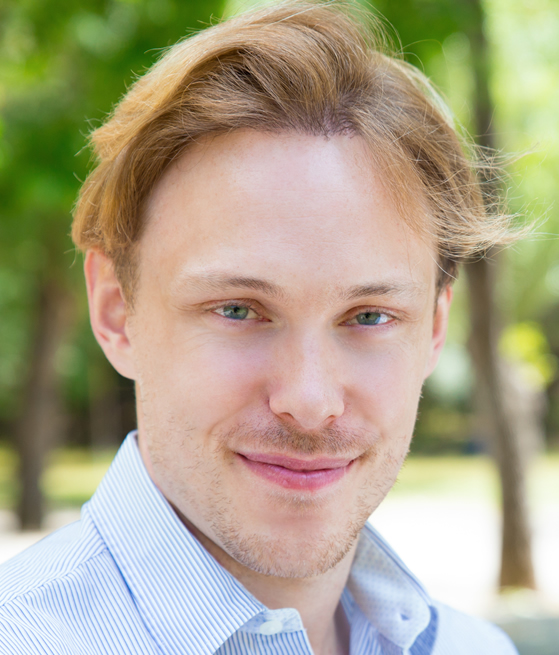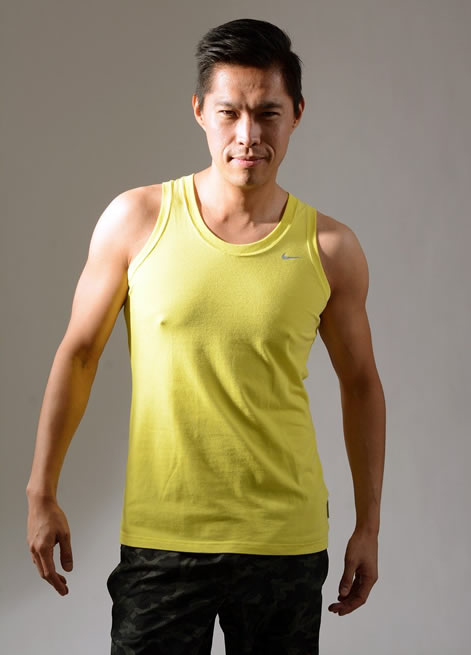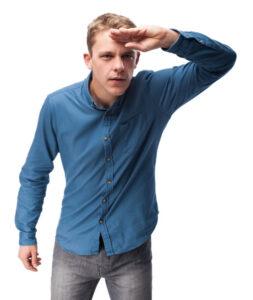Your Headshots
A headshot is a photograph which tells the casting director what you look like.
Suppose the casting director (or CD) is looking for an actor to play a tough but attractive woman. They will look through perhaps hundreds of headshots trying to find the actor who looks just like how they – and how an audience – will imagine this character will look.
The CD will be there in front of their computer scrolling through all those photos; lots will just fade into the background until suddenly one stands out: the perfect woman.
And then it’s time to find the handsome police officer and they start scrolling through hundreds more headshots…
So casting directors see plenty of headshots for each role and as you might imagine it doesn’t take much to make your headshot disappear into the crowd or stand out for the wrong reasons so it’s very important to get this right.
For most castings you will need to send along 1 or perhaps 2 headshots. Often these will be:
- A simple photo of your head and shoulders
- A full length shot so they can see your body (note, this isn’t nude but just dressed simply so they can see your body shape, etc)
But do I need headshots?
This is all you need to know…

And don’t forget, if you have rubbish headshots you need new ones. Which begs the question, how do you know if you have rubbish headshots?
Well firstly you won’t get auditions…
And secondly… well ask yourself, what makes a rubbish headshot?
Getting professional headshots
So once you decide to get some headshots, the first thing to do is find a photographer to take them.
Remember, this is not your mother or your best friend, and the photo you send is not you on the beach or you sitting with your friends in a café!
No, it is a professional shot done by a professional photographer.
And by that we don’t mean a professional wedding photographer or a professional fashion photographer. We mean a photographer who specialises in headshots.
So the next question is: how do you find yourself a good photographer for this? Here are a few ideas:
- Search the profiles of local actors and check out their headshots and when you find some you like, ask the actor where they got their headshots done
- If you know a CD or are lucky enough to meet one, ask for their recommendations
- If you can’t find a personal recommendation from another actor or CD or film professional, ask on local acting forums or Facebook groups to see what others suggest
- And if you still can’t find a photographer recommended by word of mouth, search the internet and call up local photographers who specialise in headshots
Good photographs will cost you. It varies a lot but be prepared to pay around 200 EUR for a first set. (This may vary a lot depending on where you live and the local rates; again, check with local actors to see what others are paying around where you live.)
When you find a photographer, ask to see their work before you use them. Check it out to make sure they do the kind of shots you want. Talk to them and make sure you get on with them.
What you are after here are perhaps 3 or 4 good pictures. Depending on the casting, you will send a couple for each job and in almost 99% of cases this is sending them digitally.
Headshot style and format
Generally speaking headshots should be:
- In colour
- Portrait rather than landscape
These days, headshots generally have a narrow depth of field, are shot outside against a vague light background, have a couple of change of clothes (see below for more on this style).
When you speak to the photographer talk about these things and also make sure you know how much you are paying and what you are paying for: the photographer may take 100 photos but just give you 2 or 3. Or they may give you all the photos and print them out as well. It varies.
Note also that in different countries there are different styles of headshots which are preferred so it’s always best to try and speak to local actors and casting directors to find out what happens where you live.
And remember, the importance of a good headshot can’t be overestimated!
Here at enCAST we’ve seen all kinds of headshots coming through. And occasionally we just shook our heads in despair and then deleted the application because the headshot was so appalling…
Again, make sure you know what makes a rubbish headshot and that yours are good to go.
Keeping it real!
One annoying thing which happens quite a lot is that we receive a headshot, call the actor in and discover that the photo looks nothing like the actor at all.
So don’t retouch the photos!
A little light makeup is fine, but don’t go and remove moles, change hair colour, reduce bulges, tint eyes, create muscle where there is flab or do anything else like that.
A casting agent will choose to see an actor because the photo looks right; they are looking for all sorts of characters from extra-special good looking to downright ugly, and if you turn up looking very different from your photo then the chances are that they will simply ask you to leave there and then.
Don’t waste their time or your time: make your photos truthful!
Rules for good headshots
In most cases the essential headshots you need are firstly a simple headshot like this:

This shows your head clearly, face towards the camera and looking straight into the lens. A good photograph will capture a moment when your eyes are “speaking” and make you stand out.
In other words, you can almost see what the actor is thinking!
Although headshots are generally of the same type, these days there’s a tendency to have them taken outside with a very shallow depth of field (which means the eyes are in focus, but everything behind is out of focus).
On a practical level, remember also:
- If you have long hair pull it back or tuck it behind your ears; the casting director wants to see your face clearly
- Don’t wear too much makeup; keep things simple and neutral as far as possible
- Don’t wear glasses
- Don’t pull a face; keep your expression neutral
- Wear neutral clothes (no costumes) and keep jewellery to a minimum; you don’t want anything to distract from your face
The bottom line here is that the casting agent needs to see the real you, not a made-up version of you.
The second useful headshot to have is a smiling headshot:

This second shot is very similar to the first but you will have a nice smile on your face. Not a grin or a laugh, but a smile. You won’t always use this photo, but if you are applying for a less serious role then it’s useful to have.
Finally you’ll need a headshot which shows your body type:

You won’t always need this, but sometimes you’ll get asked for a picture where casting agents can get a good idea of your body shape: sexy, slim, fat, muscular and so on.
Note that this isn’t a nude shot or even you in your underwear; instead it’s a neutral shot showing you in, say, jeans and T-shirt.
The clothes of course should be neutral colours and simple without big patterns or a distracting design. Simplicity is the keyword here.

